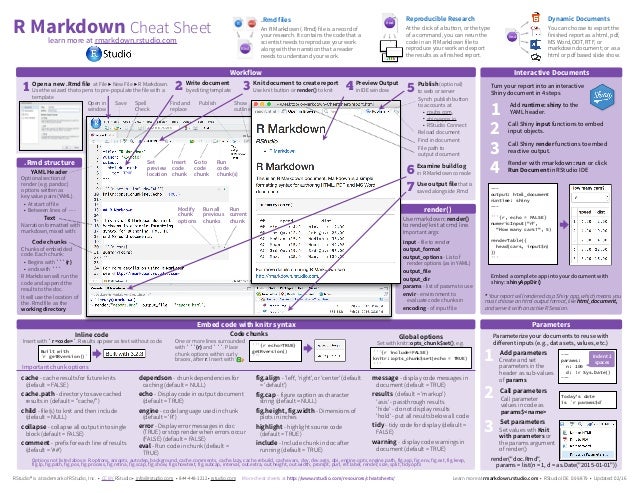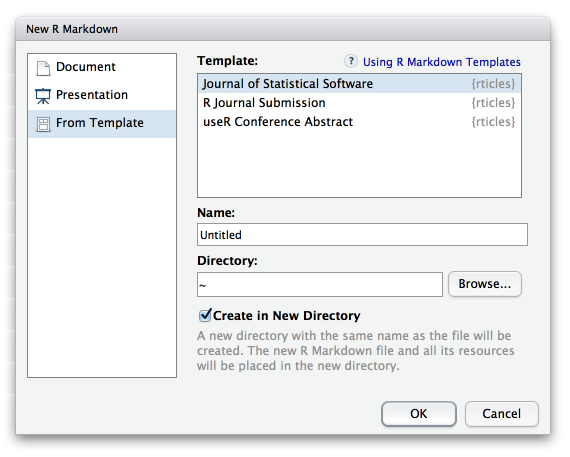


You can set footnote_as_chunk = T to fix this problem. The content of the note starts at the second row. That means the word Note: will be in the row of the note. Secondly, by default the footnote will be a list below the table. But do REMEMBER to set the escape = F, otherwise the \\\\tiny command won’t be rendered by R Markdown.

If you have a very long note, you may need change to tiny (see the footnote in the code chunk). Firstly, the default font for table note is footnote. Here I’d like to emphasize two more things. Kable_styling(full_width = F, font_size = 7) %>%įootnote(general = "\\\\tiny",footnote_as_chunk = T, Kbl(booktabs = T,caption = 'Estimated temperature thresholds for each of the seasons', linesep = "") %>% You are highly recommended to check out this website for more detailed information.īelow I show a code example and the created table in beamer slide. It has numerous features and is easy to customize based on your needs. In this case, you’d better refer to the kbl function from the kableExtra package.
Rmarkdown presentation how to#
How to include LaTex tables in R MarkdownĪt the end of this post, I want say something about how to include LaTex tables in beamer presentation in R Markdown.Īccording to my experience, there are two different types of tables: user-defined tables and regression result tables.įor the first scenario, it can be a data frame containing data or other important information that you want to present as a table in your presentation. From his website, you can learn how to customize the template based on your needs. He eliminated unnecessary navigation and blank lines to make the best use of available spaces. I found this nice LaTex template developed by Dr. Steven V. In this way, you can do all the fancy customization in the LaTex template and in R Markdown you just fill the content of your slides. In most cases, it’s better to use a LaTex template to start with in R Markdown. The problem with R Markdown beamer is that the official cookbook only covers limited features. So I decided to move to R Markdown which I am more familiar with and I think is easier than LaTex. The advantage of LaTex is that it’s very flexible, yet sometimes maybe too flexible and difficult to pick up for beginners. You may even find templates that are officially provided by your university. Plenty of templates are available, just GOOGLE it. There is no need for you to build a LaTex beamer from the very beginning. These beamer presentations are particularly preferable in academics. It’s very neat and looks pretty professional.

I really like beamer presentations (slides) in the LaTex manner.


 0 kommentar(er)
0 kommentar(er)
